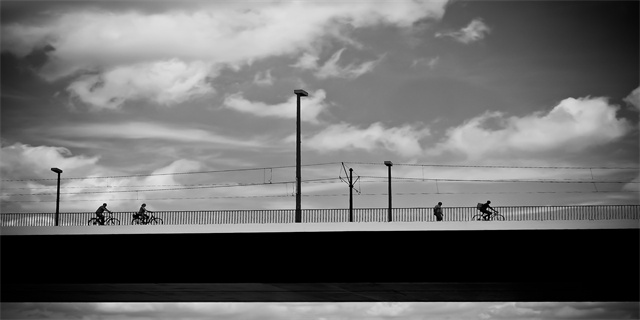Neoclassical Art: A Journey Back to Classical Elegance
Exploring the Origins of Neoclassical Art
Neoclassical art emerged in the 18th century as a reaction against the excesses of the Baroque and Rococo periods. It aimed to revive the principles and aesthetics of classical Greek and Roman art and literature. Neoclassical artists sought to evoke the timeless beauty and harmony found in the works of ancient civilizations. This artistic movement was not only evident in visual arts but also in architecture, literature, and music.

The Influence of Antiquity on Neoclassical Art
Neoclassical art drew inspiration from ancient Greek and Roman art, especially the ideals of balance, symmetry, and order. These principles were reflected in the portrayal of the human figure, architectural design, and overall composition. Neoclassical artists often depicted heroic figures from mythology or important historical events, emphasizing the virtues of courage, dignity, and moral rectitude. The use of clean lines, restrained color palettes, and a focus on clarity and precision were also characteristic of the neoclassical style.

The Neoclassical Revolution in Architecture
Neoclassical architecture aimed to recreate the grandeur and simplicity of ancient Greek and Roman buildings. Architects such as Andrea Palladio and Robert Adam advocated for a return to the classical orders of architecture, using columns, pediments, and domes to create harmonious and balanced designs. Neoclassical buildings often featured symmetrical facades, spacious interiors, and an emphasis on proportion. Examples of neoclassical architecture can be found in landmarks such as the Louvre Museum in Paris, the United States Capitol in Washington, D.C., and the British Museum in London.
The Legacy of Neoclassical Art
Neoclassical art had a profound influence on subsequent artistic movements, paving the way for the rise of academic art in the 19th century. The emphasis on classical ideals of beauty and harmony resonated with artists of the time, leading to a revival of realistic and figurative art. Neoclassical themes and motifs continued to be explored in the works of artists such as Jean-Auguste-Dominique Ingres and Jacques-Louis David, who were known for their precise and idealized portrayals of the human figure. Additionally, neoclassical architectural styles persisted well into the 20th century, influencing the design of public buildings, monuments, and private residences.
In conclusion, neoclassical art represented a return to the elegance and values of classical antiquity. It sought to capture the timeless beauty and moral virtues found in the art and literature of ancient Greece and Rome. By incorporating classical ideals of balance, harmony, and proportion, neoclassical artists and architects created works of enduring beauty and significance. The legacy of neoclassical art can still be seen today, reminding us of the enduring power of classical aesthetics in shaping our sense of beauty and cultural identity.









